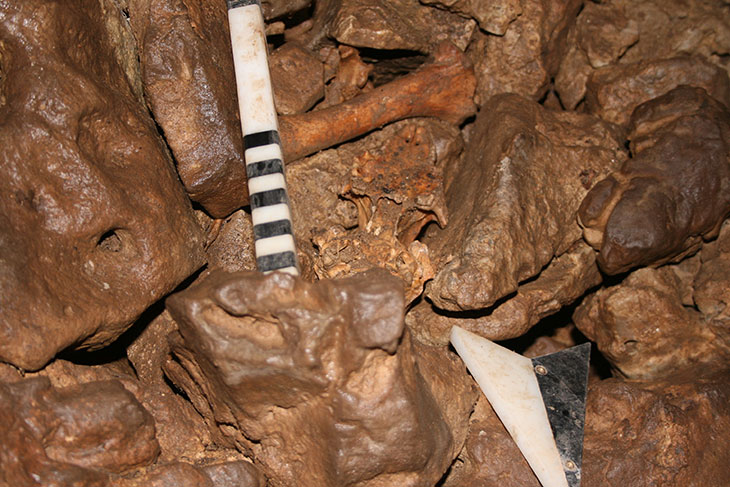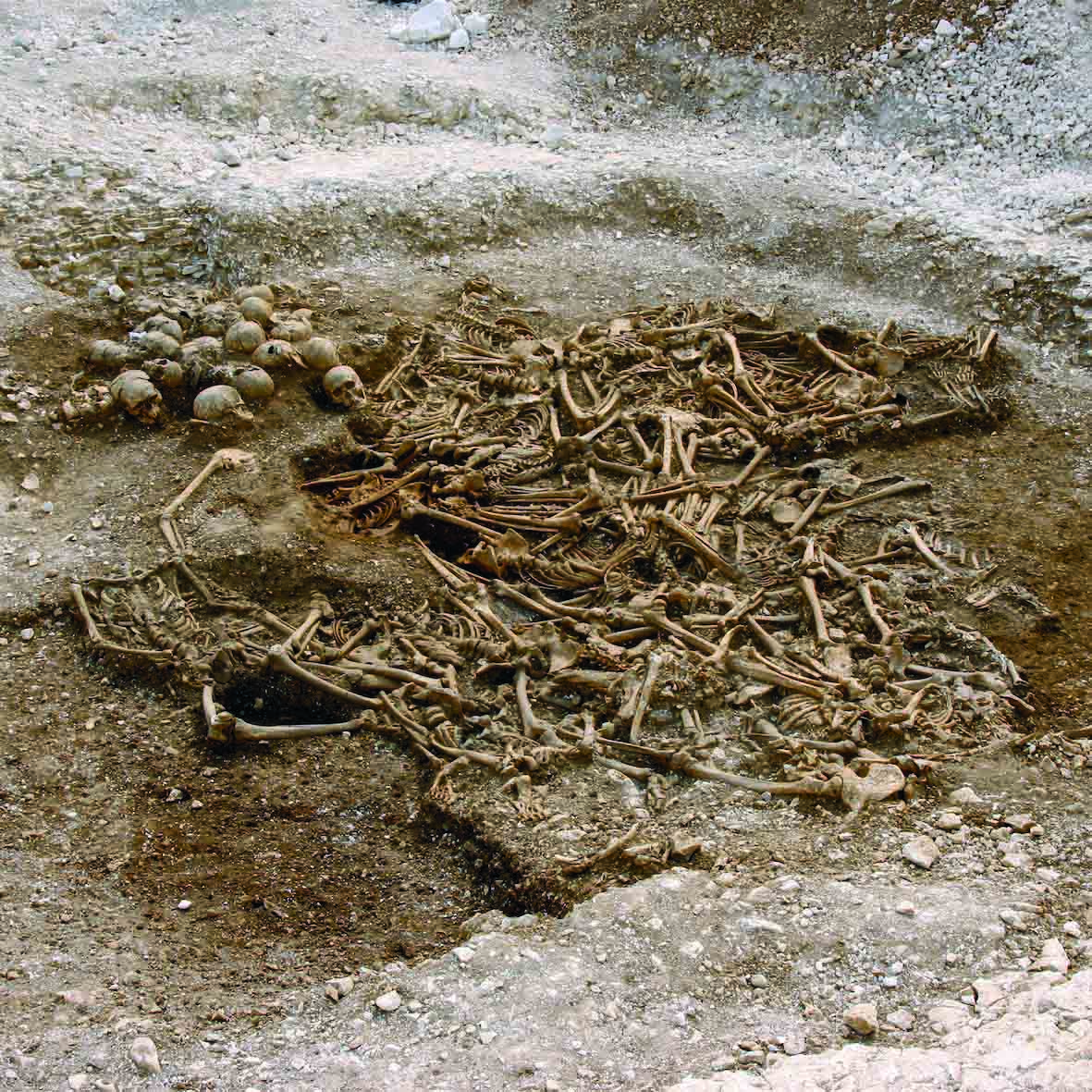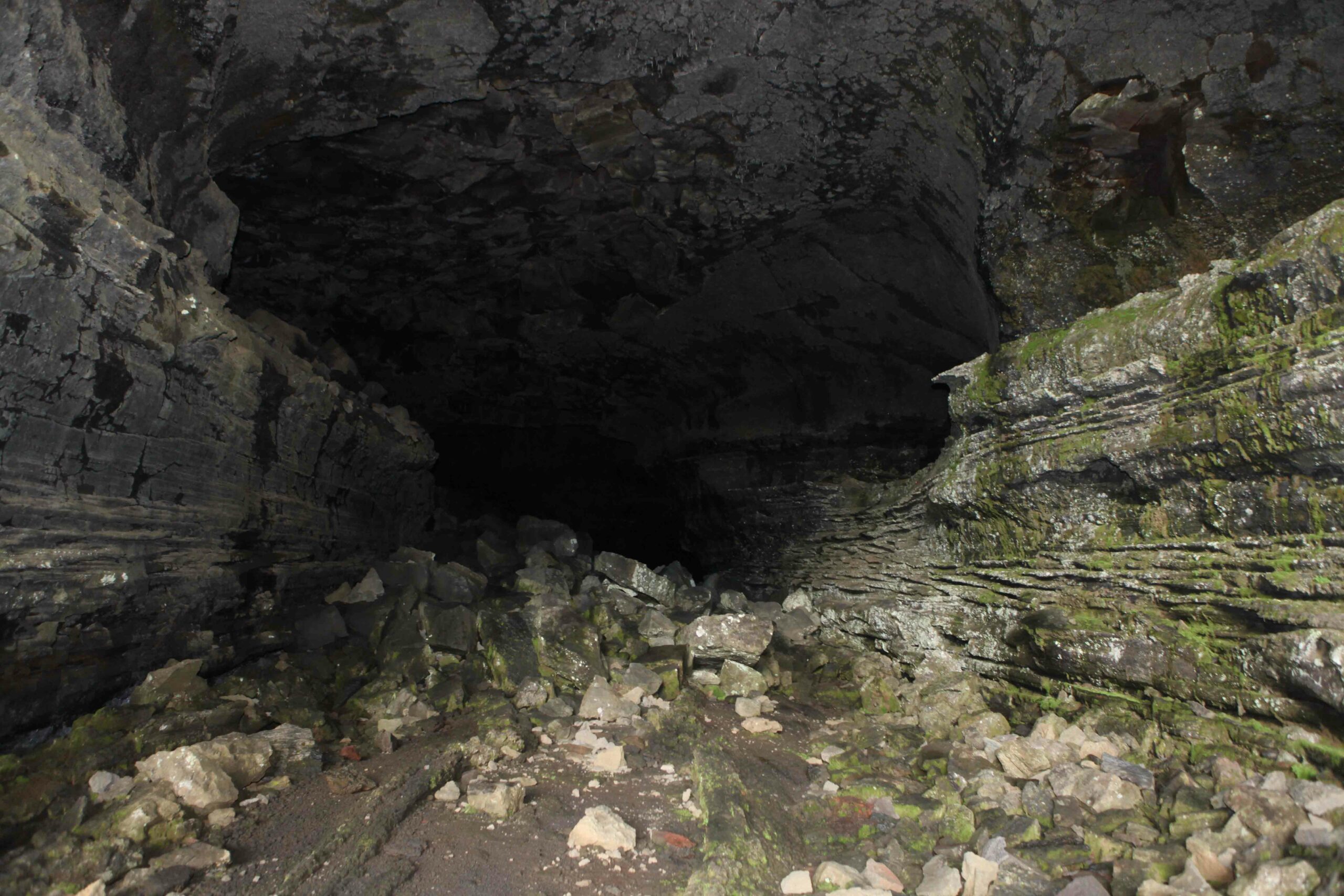
STONY BROOK, NEW YORK—A new study of the dog genome suggests the animals were domesticated from wolves just once, according to a report in Science News. Last year, another study indicated that dogs had been domesticated separately in Europe and in East Asia. An international team of scientists led by evolutionary geneticist Krishna R. Veeramah of Stony Brook University analyzed DNA obtained from the remains of two ancient dogs. The first dog lived some 7,000 years ago. Its remains were recovered in Herxheim, Germany. The second dog, whose remains were recovered from Germany’s Cherry Tree Cave, lived about 4,700 years ago. The team also used the DNA data of a 4,800-year-old dog from Newgrange, Ireland. The researchers suggest that dogs were domesticated between 20,000 and 40,000 years ago, perhaps in Asia, and then split into genetically distinct eastern and western groups between 17,000 and 24,000 years ago. The study also reveals that the two ancient dogs unearthed in Germany had the same genes for digesting starches as wolves do. It had been suggested that early dogs may have been better able to digest starch, and therefore eat the food grown by early farmers, in contrast to their wild counterparts. To read in-depth about the archaeology of dogs, go to "More Than Man's Best Friend."










